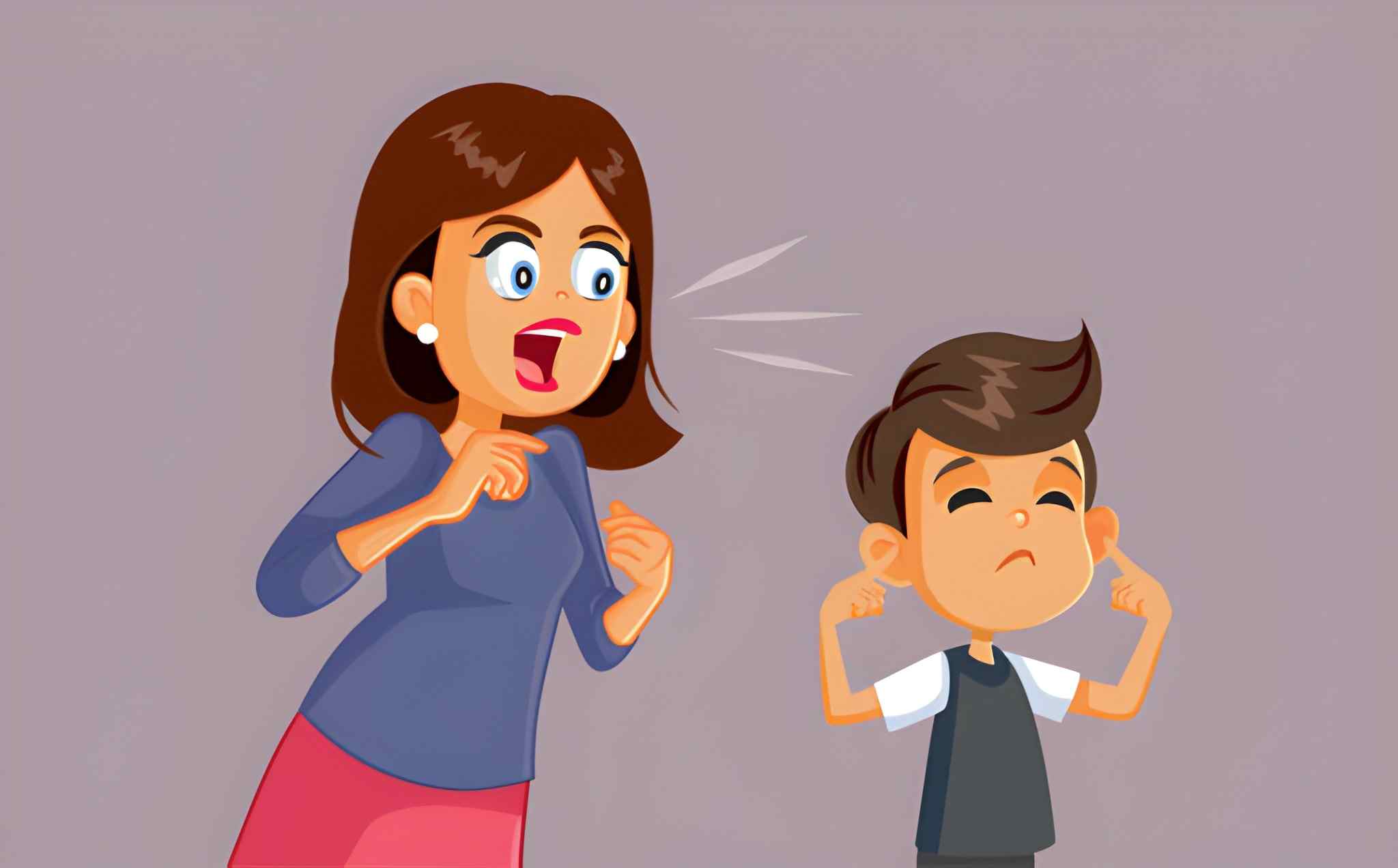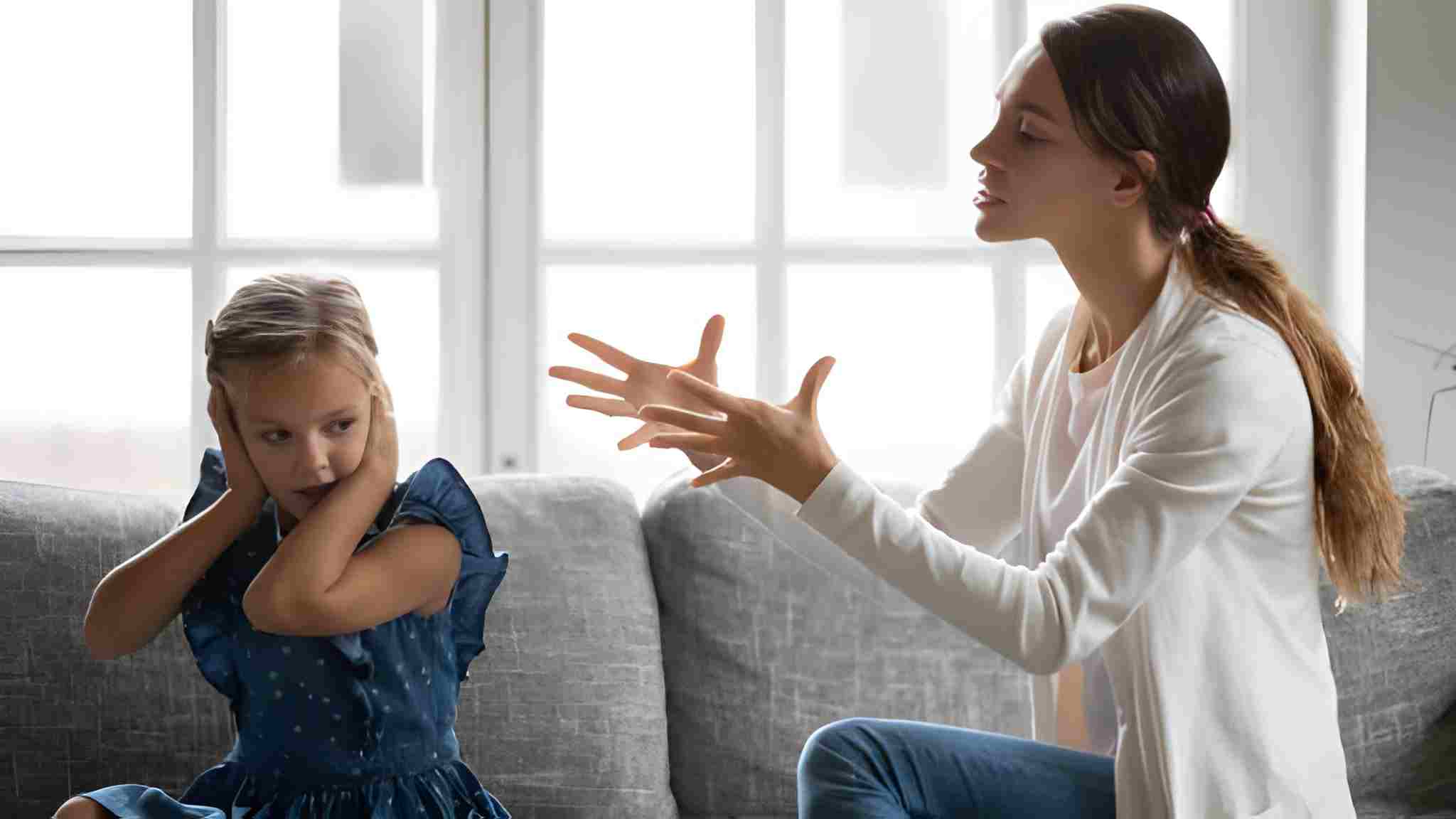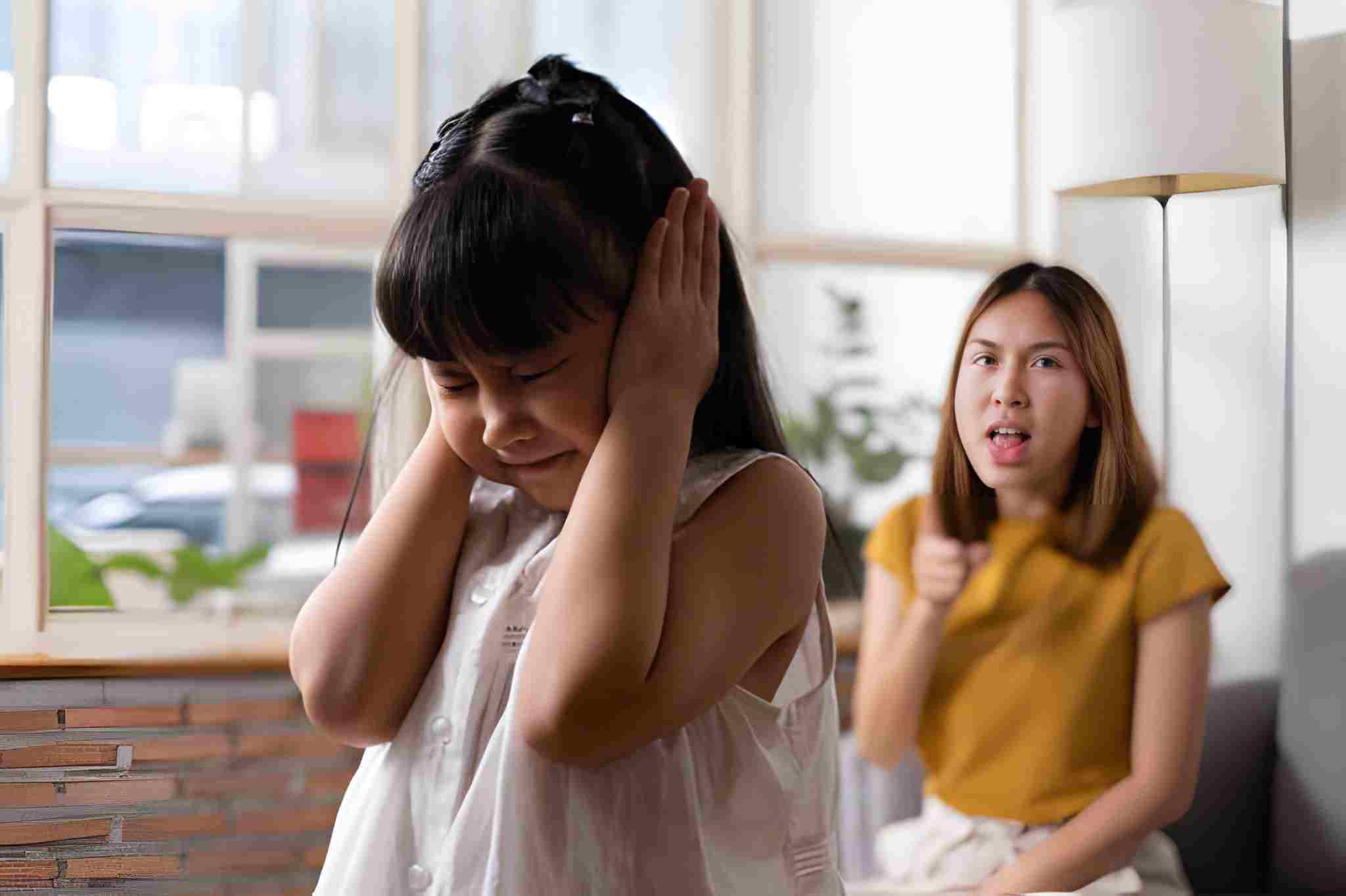No Yelling, Just Results: Positive Discipline That Works
Parenting is full of love, joy, and unforgettable moments—but let’s be honest, it can also be stressful. The fact is that calm and consistent discipline frequently produces far better results than yelling at your kids or fighting all the time. Many parents find themselves caught in a pattern of yelling, nagging, or threatening, only to feel bad later when nothing truly changes.
Discipline is frequently at the top of the list of parenting challenges. This article explains how you can establish clear boundaries, connect with your child, and actually see positive changes without all the stress and frustration by using a gentle, no-yelling approach.

What is Discipline?
The word “discipline” comes from the Latin word disciplina, which means “to teach.” Unfortunately, many parents associate it with punishment — but discipline isn’t about control; it’s about guidance and learning.
Your child isn’t born knowing how to manage emotions, share toys, or follow routines. Your role is to teach them those skills patiently and consistently.
No Yelling, Just Results: Positive Discipline That Works
Don’t miss:
- Raising Confident Kids: Simple Steps to Foster Self-Esteem
- Raising Resilient Kids In An Overwhelming World
What Is Positive Discipline?
Positive discipline is prioritizing connection over dominance. It’s an approach to parenting that uses respect, consistency, and empathy rather than fear or punishment to control your child’s behavior. It’s not about letting your child do whatever they want, nor is it about being overly strict. It’s finding that sweet spot where your child feels both loved and guided.
Teaching your child self-management skills is the aim, not “winning” against them. When you discipline your child in a calm manner, you are teaching them how to deal with disappointment, frustration, and errors.
No Yelling, Just Results: Positive Discipline That Works

Why Yelling Doesn’t Work
While yelling may seem like quick fixes, they actually do more harm than good. Studies show that constant yelling can increase a child’s anxiety, lower self-esteem, and even encourage more misbehavior.
1. Yelling triggers fear, not respect.
Fear can cause a child to stop what they’re doing, but it doesn’t teach them self-control or respect. When a child is shouted at, their brain initiates the “fight or flight” reaction. They might obey out of fear but won’t understand why their behavior was wrong.
2. Emotional consequences:
Children who are yelled at frequently may feel unloved, anxious, resentful, or disconnected. They may begin to withdraw emotionally, instead of listening, they could tune out, fight, or become worried.
3. Behavioral harm:
Kids imitate what they observe. They are more prone to act aggressively themselves if they witness aggression. If yelling is your go-to response, they’ll likely mimic it.
No Yelling, Just Results: Positive Discipline That Works
Advantages of Positive Discipline
Positive discipline has long-term advantages for both parents and kids:
- Improved parent-child bonding
- Improved trust and communication
- Enhanced ability to solve problems
- Increased children’s self-esteem
- A calmer, more tranquil atmosphere at home

No Yelling, Just Results: Positive Discipline That Works
You don’t need to yell to implement these helpful, realistic positive discipline techniques.
1. Connect before you correct.
When children feel seen and heard, they are more likely to cooperate. Take some time to establish an emotional connection before correcting behavior. Saying something like, “I know you’re upset, and it’s time to leave the park,” It was fun for you. And I know it. Before we leave, let’s give it one more try. This method establishes boundaries while acknowledging feelings.
2. Define and Maintain Boundaries
Children are best when they are structured. When they are aware of their expectations, they feel safe. Establish the guidelines and penalties in advance rather than responding to misbehavior. For example: “We don’t jump on the couch because it’s not safe. If you want to jump, let’s go outside.” You’re redirecting the behavior instead of punishing it.
3. Apply Logic and Natural Consequences
Instead of unnecessary punishments, let your child experience the natural result of their actions (as long as it’s safe). It teaches accountability. If your child forgets their lunch, don’t rush to school with it. Let them feel hungry and remember next time. The lesson will stick far better than a lecture.
4. Provide Few Options
Giving kids small choices keeps you in charge while giving them a sense of control. “Which would you prefer—brushing your teeth before or after your bath?” “Which would you prefer: working on your homework on the couch or at the table?” This tactic increases confidence and decreases defiance.
5. Encourage, Don’t Criticize
Encouragement focuses on effort, not perfection. It boosts confidence and motivation.
“I see you worked really hard on that puzzle!” sounds better than “Good job,” because it highlights the process, not just the outcome.
6. Replace time-outs with time-ins
The use of traditional time-outs might cause kids to feel ashamed or rejected. Spending time together to relax and discuss what transpired is known as a time-in. For example, “I can see you’re furious. After we take a few deep breaths together, we may discuss how we might improve for the next time. Discipline becomes a chance for emotional development and connection through time-ins.
7. Demonstrate empathy and validation
Children often behave out because they do not feel understood. Acknowledging their sentiments helps to soothe strong emotions. If your kid screams for candy at the store, instead of yelling, stoop down and say, “I know you want candy. It looks tasty, doesn’t it? We’re not going to buy any sweets today, but you can help me pick some fruit.”
8. Model the behavior you want to see.
Children imitate more than they obey. If you desire kindness, patience, and calmness, be the example. For example, instead of shouting at your child, take a deep breath, grab a cloth, and clean up together.
9. Teach Problem Solving Skills
When problems arise, work together to find a fix. This builds problem-solving skills and trust. For example, if siblings are arguing over a toy, ask them, “What’s a fair way to share it?”
10. Stay Calm and Regulate Yourself.
Children prey on your emotions. Before responding, take a deep breath and drop your voice. For example, a teacher once told me that when her classroom becomes too rowdy, she whispers. The pupils pause to listen because her composure commands more respect than ranting ever could.
No Yelling, Just Results: Positive Discipline That Works
Long-Term Benefits of Positive Discipline
Positive discipline helps kids grow up to be responsible, courteous, and emotionally intelligent individuals. Power struggles are lessened, your relationship with them is strengthened, and a family where everyone feels free to express themselves is created.
Children who get positive discipline grow up to:
1. Better Behavior: Children learn to control their emotions and think before they act.
2. Stronger Relationships: Relationships become stronger as trust and open communication are established.
3. Improved confidence: They feel respected, appreciated, and capable, which boosts their confidence.
4. Emotional Intelligence: Children see you and develop empathy and problem-solving skills.
5. Long-term Success: You produce resilient, self-disciplined people who make wise decisions.
No Yelling, Just Results: Positive Discipline That Works
How to Practice Positive Discipline Every Day
It can be difficult to remain composed when your child is trying to test your patience, but it is possible with practice.
The following easy methods can bring positive discipline
1. Pause before answering.
The moment you feel anger rising, pause to catch your breath before responding. You can even step away for a second. That short pause lets your brain catch up before your emotions take over.
2. Lower your voice.
It might sound weird, but speaking softly can make your child pay more attention. When everyone’s loud, no one is listening — but a calm tone stands out.
3. Show empathy first.
Try to understand what’s behind the behavior. “I can see you’re upset” because your game ended. It’s okay to feel that way, but yelling isn’t okay.”
4. Focus on solutions, not punishment.
Instead of “You’re always making a mess!” say, “Let’s clean this up together so it’s easier next time.”
5. If You Slip, apologize:
Your child learns humility and how to make amends by hearing you say, “I’m sorry for yelling.
6. Think Later:
Discuss what transpired and what you two can do differently the next time, once your feelings have subsided
7. Children mimic our behavior.
If they see us handle anger calmly, they learn to do the same. If they see us lose control, they’ll think that’s how emotions should be expressed.
These modest gestures teach your child constructive ways to deal with frustration.
No Yelling, Just Results: Positive Discipline That Works
Finally, positive discipline isn’t about being the “perfect parent”; it’s about being intentional. It is choosing connection over control, and advice over punishment. When you pause rather than yell, listen rather than lecture, and teach rather than threaten, you are not only addressing behavior but also building character.
Children learn most effectively when they feel protected, listened, and appreciated. So, the next time your child tries your patience, take a deep breath and remember that discipline is most effective when it is calm, consistent, and based on love.
No Yelling, Just Results: Positive Discipline That Works

